Growing Emphasis on Workplace Safety
The Electric Hoist Market is significantly influenced by the increasing emphasis on workplace safety regulations. As industries prioritize employee safety, the demand for electric hoists equipped with advanced safety features is on the rise. In 2025, it is projected that safety-compliant hoisting equipment will account for over 40 percent of the market share. This shift is driven by stringent regulations and a cultural change towards prioritizing worker well-being. Electric hoists, known for their reliability and safety mechanisms, are becoming essential in various sectors, including construction, manufacturing, and logistics. The Electric Hoist Market is thus adapting to these safety demands, leading to innovations that enhance the safety and efficiency of lifting operations.
Rising Demand in Construction Sector
The Electric Hoist Market experiences a notable surge in demand driven by the expanding construction sector. As urbanization accelerates, the need for efficient lifting solutions becomes paramount. In 2025, the construction industry is projected to grow at a rate of approximately 5.5 percent annually, necessitating advanced hoisting equipment to facilitate heavy lifting tasks. Electric hoists, known for their reliability and efficiency, are increasingly favored over traditional methods. This trend indicates a shift towards mechanization in construction, where electric hoists play a crucial role in enhancing productivity and safety. The Electric Hoist Market is thus positioned to benefit significantly from this growth, as construction companies seek to optimize their operations and reduce labor costs.
Sustainability Initiatives in Manufacturing
The Electric Hoist Market is increasingly influenced by sustainability initiatives within the manufacturing sector. As companies strive to reduce their carbon footprint, there is a growing demand for energy-efficient hoisting solutions. In 2025, it is anticipated that the market for eco-friendly electric hoists will expand by over 25 percent, reflecting a shift towards sustainable practices. Electric hoists, which consume less energy compared to traditional lifting equipment, are becoming the preferred choice for manufacturers aiming to meet environmental standards. This trend not only aligns with corporate social responsibility goals but also enhances operational efficiency. The Electric Hoist Market is thus adapting to these sustainability demands, leading to innovations that promote both performance and environmental stewardship.
Expansion of E-commerce and Logistics Sectors
The Electric Hoist Market is experiencing growth due to the rapid expansion of e-commerce and logistics sectors. As online shopping continues to rise, warehouses and distribution centers are increasingly investing in efficient material handling solutions. In 2025, the logistics sector is expected to grow by approximately 6 percent, driving the demand for electric hoists that facilitate the movement of heavy goods. Electric hoists are favored for their speed and efficiency, making them ideal for high-volume operations. This trend indicates a shift towards automation in logistics, where electric hoists play a vital role in optimizing supply chain processes. The Electric Hoist Market is thus well-positioned to capitalize on this growth, as businesses seek to enhance their operational capabilities.
Technological Advancements in Hoisting Equipment
Technological innovations are reshaping the Electric Hoist Market, with advancements in automation and smart technologies enhancing operational efficiency. The integration of IoT and AI in hoisting systems allows for real-time monitoring and predictive maintenance, reducing downtime and improving safety. In 2025, it is estimated that the adoption of smart hoisting solutions will increase by over 30 percent, reflecting a growing preference for high-tech equipment. These innovations not only streamline operations but also provide valuable data analytics, enabling companies to make informed decisions. As the industry evolves, the Electric Hoist Market is likely to witness a shift towards more sophisticated, automated solutions that cater to the demands of modern construction and manufacturing environments.


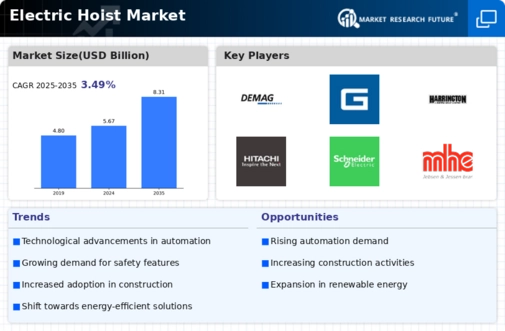
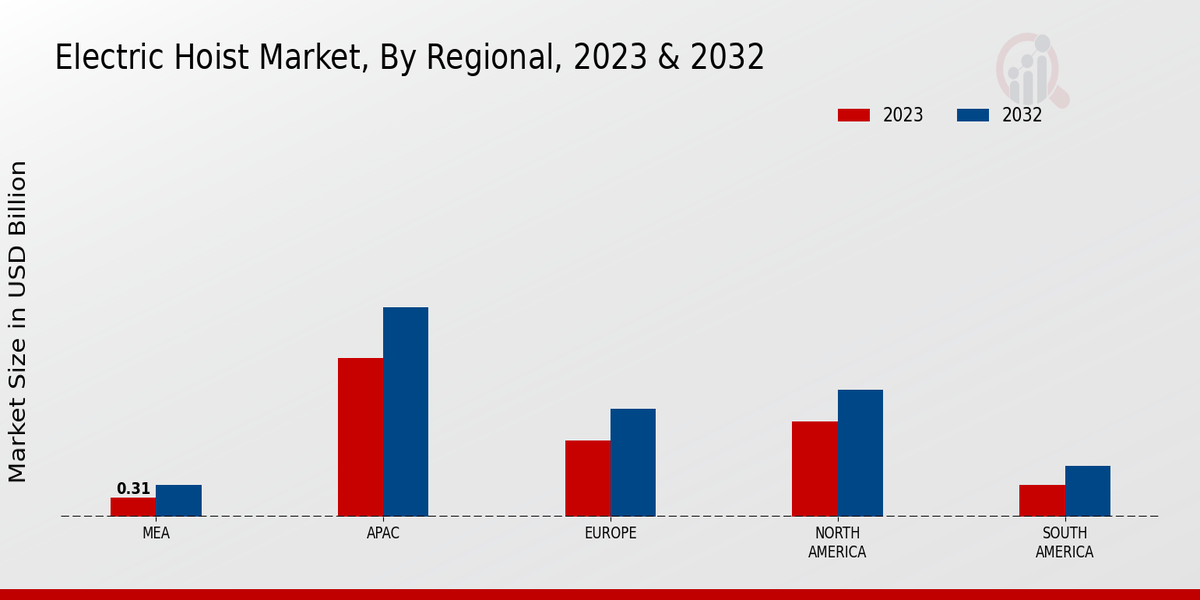
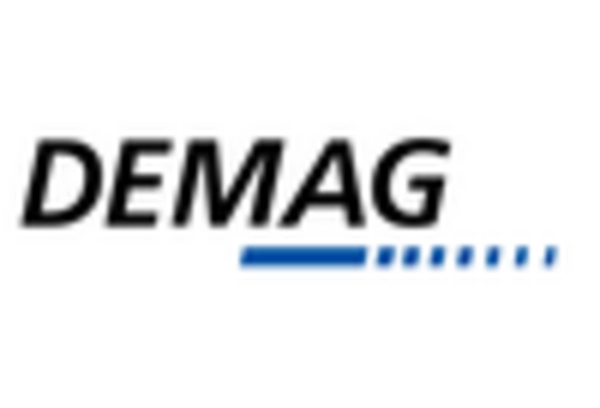
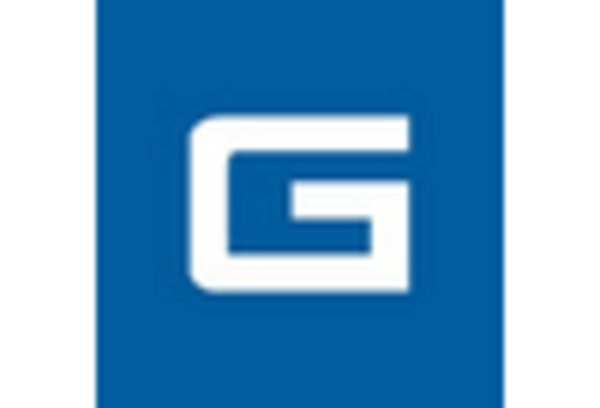
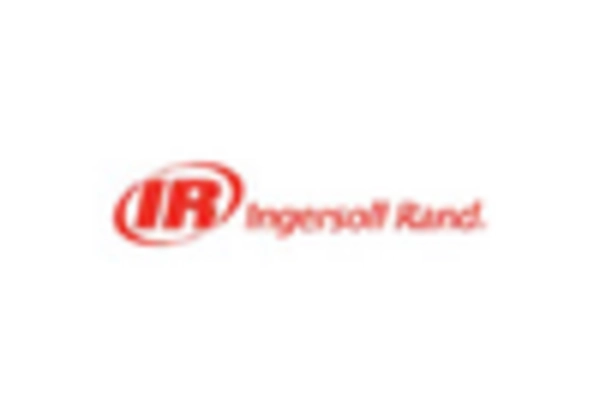


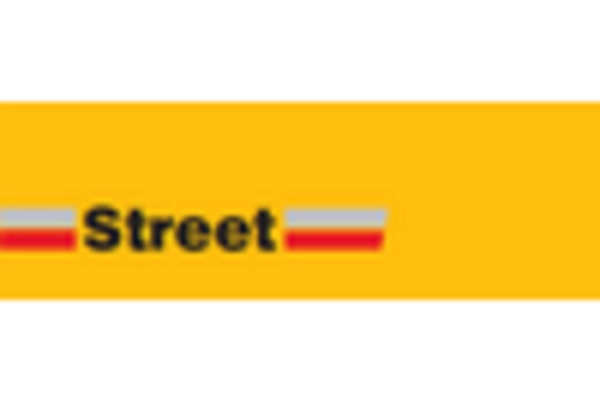








Leave a Comment